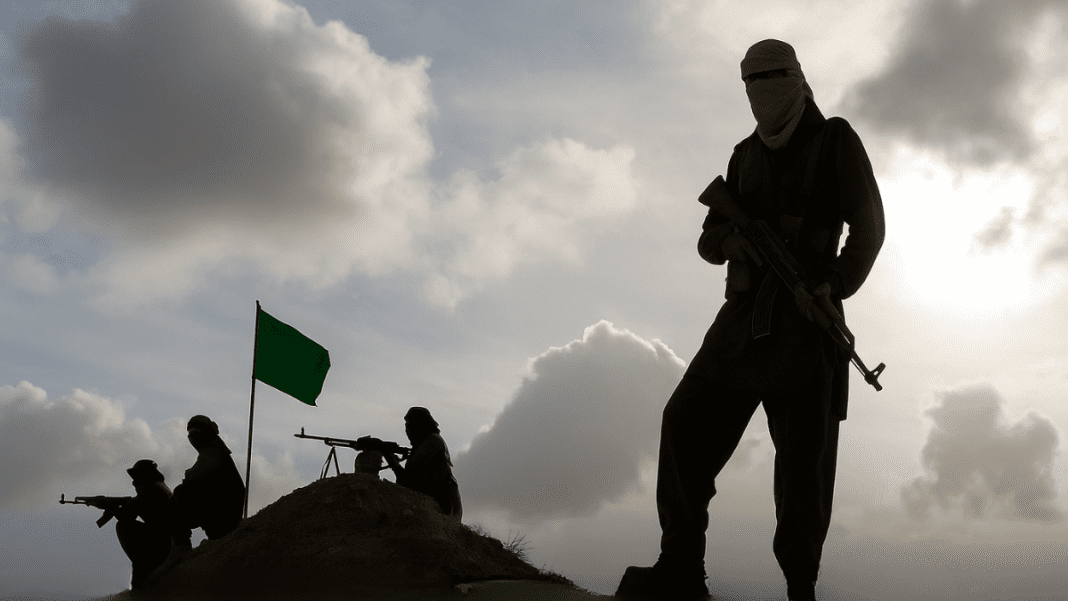Between July 9 and the night of July 11, the Balochistan Liberation Front (BLF) launched Operation Baam, a military campaign that the group calls a historic success. The name “Baam” means first light of dawn in the Balochi language.
Operation Baam: A Province-Wide Campaign Unfolds with Military Precision
This operation marked a new chapter in the Baloch resistance against what the group calls Pakistani occupation. Over three days, BLF fighters carried out 84 coordinated attacks across Balochistan, making it the largest military action they have ever conducted.
Targets included military outposts, intelligence agencies, government buildings, police stations, and economic assets. These actions were not random. Each strike was carried out with clear planning, timing, and coordination. According to the BLF, their forces destroyed convoys, attacked checkpoints, disabled drones, and blocked roads that serve Pakistan’s military and economy.
The group stated that more than 50 Pakistani soldiers and Frontier Corps (FC) personnel were killed and at least 51 others injured. One of the most significant actions took place in Musakhel, where BLF fighters allegedly stopped two buses and executed nine intelligence officers belonging to the Military Intelligence (MI) and the Inter-Services Intelligence (ISI). According to the BLF, these people were verified military personnel rather than civilians.
Republic of Balochistan’ Declared: Baloch Leaders Announce Independence, Demand UN Recognition
The fighters struck military checkpoints in the Mand-Tump region with considerable force during their operations in Meerabad, Tagran, Hairabad, and Hothabad. BLF fighters attacked police and FC installations in Sibbi. In Kharan, they also targeted the Red Zone MI office. These actions created panic across Pakistani military and intelligence networks.
Operation Baam: Infrastructure Disruption and Ground Control
The operation extended from the Makran coastline to the Koh-e-Sulaiman mountains, involving attacks in multiple cities such as Quetta, Kalat, Kech, Naseerabad, Khuzdar, Jahoo, and Panjgur. In Panjgur, fighters blocked the road connected to the China-Pakistan Economic Corridor (CPEC), a major economic route. Ambushes overran and destroyed convoys transporting minerals and gas.
More than 25 vehicles were disabled by the BLF militants, including trucks carrying minerals and gas tankers. Additionally, they destroyed Pakistani drones and surveillance quadcopters in a number of locations, including Jahoo, Gwarkop, Aashaal, and Kolwah. This action disabled aerial surveillance for the duration of the operation.
In Kech, BLF members burned a United Bank Limited (UBL) branch and seized weapons from its guards. BLF fighters blew up five communication towers in Kalat, cutting off mobile networks across the region. In Wadh, they directly attacked mineral-transporting trucks and heavily shelled a major central military camp.
They also carried out targeted strikes in cities like Quetta, where government offices and red zone areas are usually considered highly secure. In Washuk and Nodiz, BLF fighters overran police and local law enforcement posts, disarmed the personnel, issued warnings, and temporarily took control of the areas before withdrawing.
Throughout regions like Dasht, Mand, Kolwah, and Kharan, the fighters created 22 major road blockades and set up several checkpoints. Videos circulating on social media showed people greeting the fighters with slogans and gestures of support. In order to show territorial confidence, these checkpoints were employed to regulate travel, stop cars, and verify IDs.
Political Messaging and Clarifications on Targeting
After the operation concluded, Gwahram Baloch, the spokesperson of BLF, released a detailed statement. He claimed that Operation Baam was not just about military strength but about sending a political and national message. He claimed that the action signaled the start of a planned stage in the Baloch independence movement.
The spokesperson openly addressed the Punjabi ruling elite, blaming them for what he called the colonial occupation of Balochistan. He accused Pakistan’s government of using religious unity, parliamentary promises, and military violence to hide the real control exercised by Greater Punjab.
Gwahram Baloch strongly rejected Pakistani media claims that BLF fighters targeted Punjabi civilians in the Musakhel bus incident. He clarified that BLF operatives had identified the nine individuals as intelligence agents through prior surveillance and information before killing them. He emphasized that they had stopped hundreds of Punjabi travelers, questioned them, and then allowed them to go unharmed.
“This is not an apology,” he said. “It’s a response to the Pakistani army’s disinformation war.” He warned international media to be careful while reporting state-sponsored narratives.
Border Clashes to Cooperation: Iran, Pakistan Eye Stability
The BLF stated that its fighters avoided civilian casualties even under pressure, demonstrating what it called discipline, public support, and political maturity. Fighters used modern weapons like thermal scopes and snipers, dismantled surveillance systems, and gave public speeches after road blockades—signaling a shift in operational strength.
In response, the Pakistani state imposed mass arrests, internet shutdowns, curfews, and blackouts. Attacks were reported in Quetta’s Hazarganji and Kirani Road, while gas tankers were disabled in Dalbandin and mineral convoys hit along highways. BLF spokesperson Gwahram Baloch said the operation shattered Pakistan’s control illusion and marked the beginning of a broader resistance.
